How life-and-death surgery saved hospital worker in his 30s after heart attack on his way to work
- Non-smoker and non-drinker Marco Wan, who works as surgical assistant at Hong Kong Adventist Hospital – Stubbs Road – found to have blocked artery
- Doctors say heart problems are rare among young people, which can make a timely diagnosis difficult as symptoms can be similar to things such as indigestion
The Hongkonger found himself out of breath and experiencing severe chest pains soon after walking up a steep flight of steps on his regular trip into work at Hong Kong Adventist Hospital – Stubbs Road, in Happy Valley, in March 2017.
Behind the mask: who are unsung hospital ‘heroes’ helping doctors put patients on road to recovery?
He was diagnosed with severe coronary heart disease (CHD), which occurs when plaque has built up in the arteries and is restricting the flow of blood to the heart.
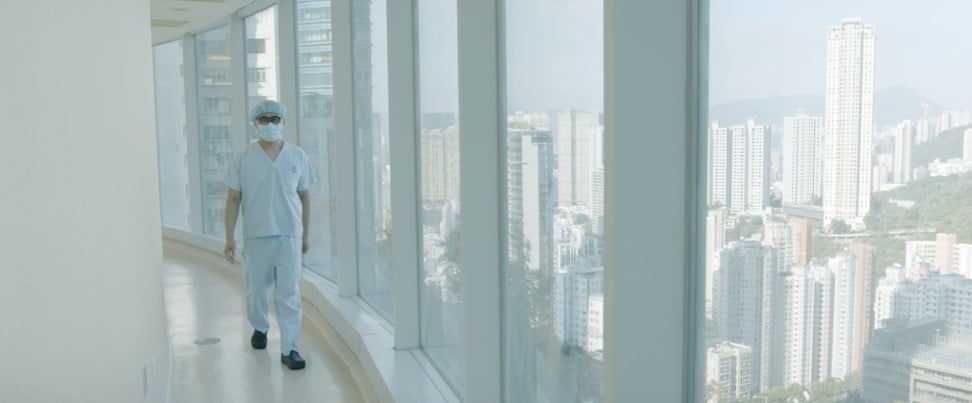
In Hong Kong, heart diseases have been the third leading cause of death since the 1960s. In 2017, an average of more than 10 people died each day from CHD per day.
Men have a higher risk of developing CHD than women, at the ratio of 1.4 to one, although after the age of 80, women are statistically more likely to die of heart disease than men.
“I had been working at the hospital for 10 years and always walked up this long flight of stairs to work, but on this particular day I felt out of breath and rather unwell,” Wan says.
I had been working at the hospital for 10 years and always walked up this long flight of stairs to work, but on this particular day I felt out of breath and rather unwell. I had never felt such an intense level of pain before
“I had never felt such an intense level of pain before.”
Wan, who is now 36, does not smoke or drink, but – at the time – did love to eat a lot, particularly meat.
Initially, he thought the pain may have something to do with his digestive system, so he told his boss about his problem and went to see a doctor in the hospital’s general outpatient unit.
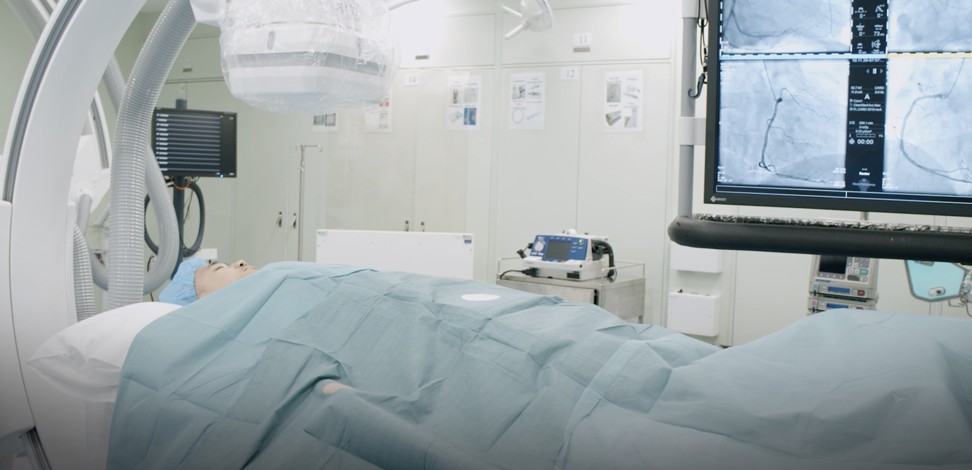
“The doctor said that, as I was quite young, it may be a gastrointestinal issue,” Wan says.
A general chest X-ray – one of the most common scans for gaining a general picture of the inner-workings of a patient’s upper body – showed no digestive system problems, so he was given an electrocardiogram – with electrodes placed on his body to test his heart’s activity, which produces readings in the form of the charts of squiggly lines commonly seen in television hospital dramas.
Ex-Hong Kong women’s cricketer back in the swing after successful shoulder surgery
Wan was also given a computerised tomography (or CT) scan, which uses X-rays taken from different angles, to visualise the coronary circulation and large blood vessels.
Within five minutes the hospital’s consultant cardiologist Dr Jeffrey Fung had rushed to see him in the hospital’s ward.
“He told me one of my three arteries was blocked,” Wan says.

His chest pain had been a signal from his heart – in the form of angina, such as pressure or a squeezing feeling in the chest – after sensing there was insufficient oxygen supply.
At 5pm that day he was wheeled into the operating room for balloon angioplasty and stenting, where a tiny balloon catheter is inserted into a blocked blood vessel to widen it to restore normal blood flow and a small wire stent or mesh tube is placed in the problematic spot to keep the artery open and stop it narrowing again.
Fung says: “Ideally we should open the [blocked] artery within the first six hours [from the onset of the problem], so the patient can make a full recovery.
Ideally we should open the [blocked] artery within the first six hours [of finding the problem] so the patient can make a full recovery … Beyond 12 hours, it would mean irreparable damage to the heart muscle functions
“Later than that – and up to maybe 12 hours – the chance for a complete recovery will be much, much less. Beyond 12 hours, it would mean irreparable damage to the heart muscle functions.”
After the initial diagnosis, Wan was more concerned about the pain than the operation that lay ahead.
“As I was lying on the surgical bed, I thought I should be OK, as they had found out the problem and all I could do was let them work on it,” he says.
“I was in so much pain, I just wanted to get [on with] the balloon angioplasty [procedure] and be well again.”
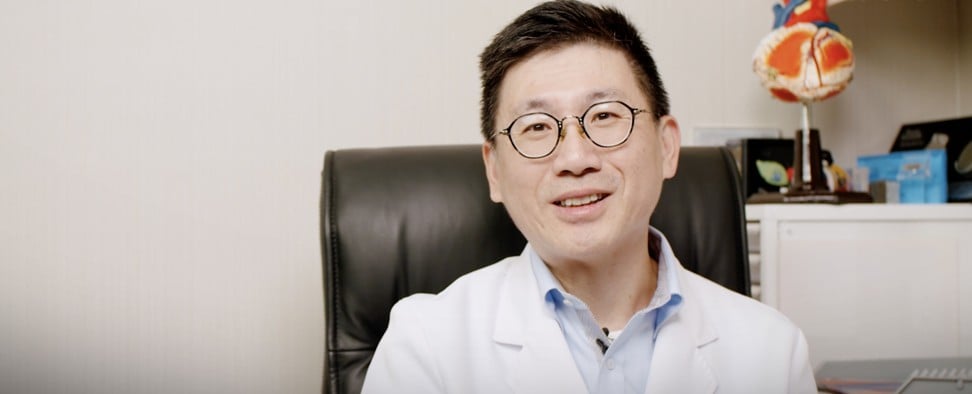
He rang his mother and she rushed to the hospital to see him, where Wan’s boss explained the problem.
“When she realised the severity, she couldn’t accept it and she broke down and cried,” Wan says.
Wan was given regional anaesthetic and remained conscious throughout the two to three hours of balloon angioplasty.
“During the operation I was thinking to myself I was lucky that I worked in the hospital,” he says.
During the operation I was thinking to myself I was lucky that I worked in the hospital. If I had fainted on the street, the outcome would have been unimaginable
“If I had fainted on the street, the outcome would have been unimaginable.”
Fung agrees and says that in more minor cases of chest pain, people often dismiss their problem as something that will simply go away, when it could be a deadly heart condition.
He says it is uncommon for someone as young as 34 – Wan’s age at the time – to be suffering from CHD.
“More than 90 per cent of [CHD] cases involve patients above the age of 40,” Fung says.
How improved 3D breast cancer test can save lives through early diagnosis among patients
“Marco’s cholesterol [level] is usually high. It's quite certain to be genetically related.”
Young sufferers of heart disease pose diagnostic challenges for doctors because they are rare and their initial symptoms can be similar to those of other ailments such as indigestion.
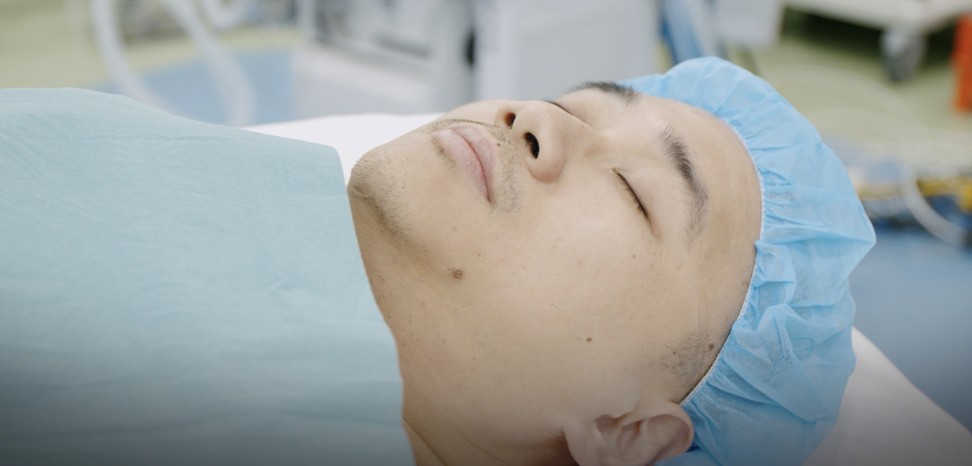
For Wan and other similar cases, there is only a six-hour window of opportunity to eliminate other possibilities before reaching the diagnosis of CHD.
Hong Kong Adventist Hospital – Stubbs Road has since established its Rapid Access Chest Pain Clinic – a 24-hour private service that provides prompt assessment to chest pain cases.
It begins with an electrocardiogram and promises initial readings on the patient’s condition within 10 minutes. A multidisciplinary team is on hand to follow up.
I’ve heard from doctors that about 90 per cent of people suffering from heart attacks when out and about end up dying because of delayed medical attention. If you experience chest pain, see a doctor immediately
While age and lifestyle can contribute to the risk of CHD, there are also genetic factors.
Fung suspects that Wan’s body is predisposed to producing excessive levels of cholesterol.
“Around 70 to 80 per cent of the cholesterol in the body is produced by the liver, with the rest coming from diet,” he says.
“If we do our best to control the diet, we can reduce cholesterol levels by perhaps 15 to 20 per cent.”
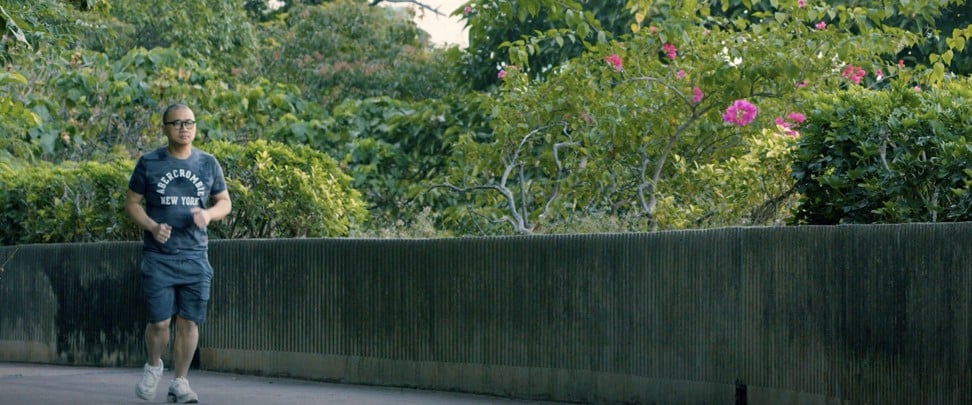
In Wan’s case monitoring and appropriate treatment may be needed to keep the cholesterol level in check.
He was able to resume his work within a month and is otherwise back to normal health.
However, the shock of what happened has taught him that people should leave nothing to chance when it comes to health.
Why is Hong Kong shoulder specialist with 35 years’ experience happy to still be ‘medical student’?
“Heart diseases are very common now and they are very dangerous,” Wan says.
“I’ve heard from doctors that about 90 per cent of people suffering from heart attacks when out and about end up dying because of delayed medical attention.
“So, if you experience chest pain, go to see a doctor immediately.”

